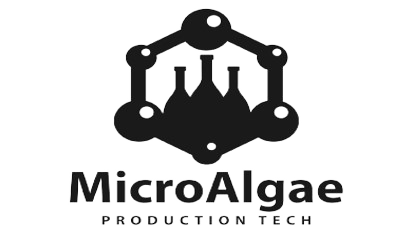In the realm of microalgae production, two primary cultivation systems prevail: open systems and closed systems, each with its set of merits and drawbacks. Open systems entail lower investment and maintenance requirements, facilitating scalability. However, they pose challenges in control, yield lower production with reduced efficiency, and are more susceptible to contamination. Conversely, closed reactors offer enhanced safety and operational control, albeit at higher costs.
Among open systems, the horizontal shallow “raceway type” pond emerges as the most advantageous option. Comprising tracks spanning from hundreds to thousands of square meters, these shallow channels are 15 to 30 cm deep and 2 to 10 meters wide. Vertical barriers segment these tracks into units, some utilizing a meandering layout. Propelled by rotating blades, propellers, or pumps, the cell suspension flows through these channels at a controlled rate. Typically, these channels feature inert plastic linings on their floors and walls. The system functions by intermittently removing the suspension, harvesting the cells, and reintroducing excess liquid to the pond.
However, the utilization of monoculture algae faces limitations within open systems due to maintenance challenges, particularly for strains sensitive to environmental fluctuations. This constraint has restricted the widespread use of monoculture algae, despite their vigorous growth in specific conditions.
MicroAlgae Production Tech addresses the pressing need to reduce CO2 emissions, promotes sustainable living, and enhances businesses by revolutionizing the entire process of cultivation, sourcing, supply, and consumption of high-quality produce.
